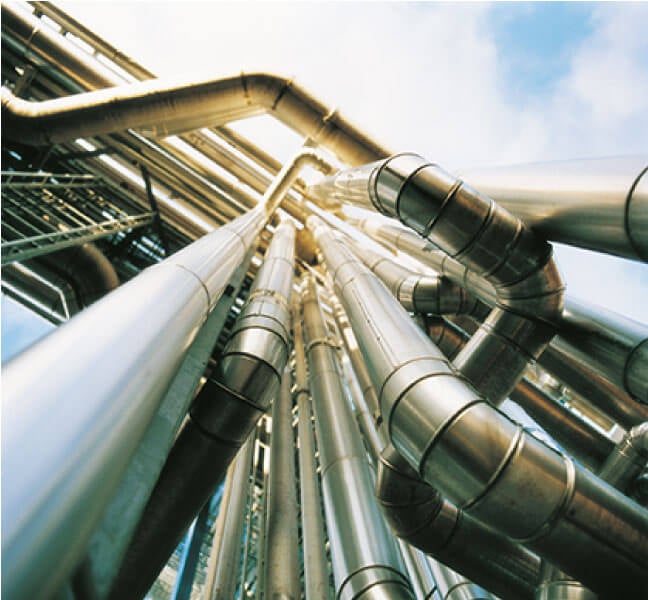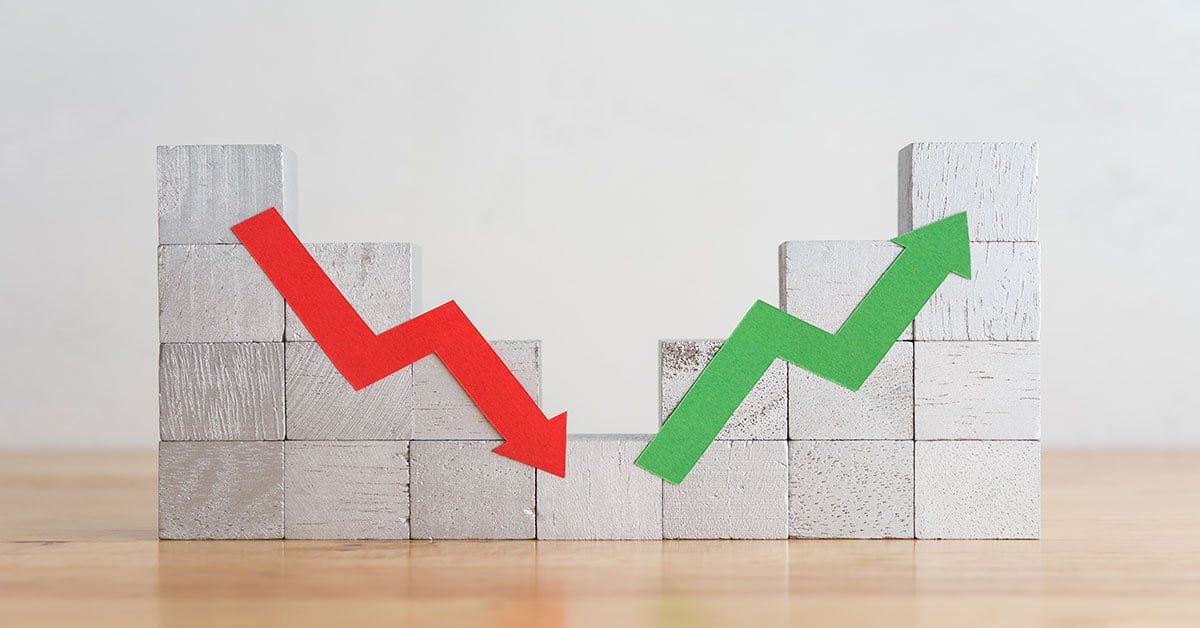3 min read
European Plasticisers Markets Struggle as Industry Players Fear the Recovery Will be Slow
Angel Fernandez : Jun 22, 2020 12:00:00 AM

While the COVID-19 pandemic has caused havoc in the chemical industry worldwide, plasticizer markets have been particularly affected as the main end-use segments—the construction and automotive industries—are among the most impacted.
In Europe, demand started to drop in the second half of March, although it was not until April when the full impact was felt, as almost every country introduced lockdown restrictions. As some of these restrictions started being lifted (or eased) in the last few weeks, downstream production, which had been severely impacted by the lockdown with plants running at very low rates or on and off, gradually improved. In addition, producers adjusted their operating rates to meet reduced demand, making the market more balanced.
The overall demand in May was largely flat compared to April, as the increase in manufacturing activity has not yet translated into a meaningful improvement in plasticizer demand. As plasticizers are in the middle of the supply chain, any positive or negative change has a delayed impact. On the other hand, as countries in the region are trying to reactivate the economy, a slight improvement could be expected in June. However, most market participants believe the recovery will be gradual, and many can not see a substantial recovery happening before September. Therefore, while uncertainty prevails for now, the market remains foggy, with players reporting almost null visibility even for the short-term outlook.
Just like COVID-19 did not have the same impact in every country, the demand for plasticizers has decreased more in some countries than others. Typically, the stricter the lockdown, the more severe the drop in demand, with Italy, Spain, and France being the prime examples of this, although demand in these markets has started to improve a bit as the restrictions are eased. The UK was one of the latest countries to enter lockdown. Still, restrictions, in one way or another, are likely to be in place longer than in other countries, meaning that over time, demand has seen a steeper decrease and continues to lag behind others. Demand in Germany, the Netherlands, and Scandinavia has remained more resilient and is improving. In the Eastern part of the region, the main impact, initially, was in logistics due to the sudden closure of borders, but after that, the actual impact on demand has been milder.
Amongst the main end use segments automotive remains the worst performer, plants shut down in the second half of March and remained offline for most of April. While some car plants have now restarted, they have done so at very low rates, and therefore, the impact on plasticizer demand so far has been minimal. Even before the COVID-19 storm hit the region, this sector was already struggling, as the industry has been trying to reduce CO2 emissions from vehicles and production.
The gradual phase-out and restrictions on using fossil fuel vehicles and the shift to electric cars have been challenging for the industry. Therefore, despite the restart of the plants, these problems remain in the background, and thus, their recovery is likely to be slow. Construction has also been badly affected, but governments in the region have prioritized the sector as key to restarting the economy, and market players are more optimistic demand will gradually recover. Demand in film packaging and medicals has been unsurprisingly healthy, but this represents a small share of the total demand for plasticizers.
Talking about individual plasticizers, while almost all have suffered from demand erosion, not all have been affected equally. DINP appears to have been the most affected. In addition to the substantial exposure to the automotive industry, which has led to a sharp drop in demand, the COVID-19 crisis has exacerbated the ongoing oversupply issues in the region. In addition to the sharply reduced demand, exports to key markets such as Russia and the United States had already decreased before the start of the pandemic for different reasons. On the other hand, imports remain small, and the impact on the overall market is negligible.
DOTP has also suffered a substantial decrease in demand. However, its exposure to automotive is lower and appears to have battled the crisis from a healthier position from the supply standpoint. The main reason for that has been the decrease in imports into the region. Imports from South Korea were significantly lower during the last quarter of 2019, although they have gradually come back to more “normal” levels, in Q1 2020 almost 19,000 tons were exported to the EU.
Imports from Russia increased sharply in mid-2019, as Sibur started its new 100 ktpa unit, but then volumes decreased, and they have steadied over the last few months at around 5,000–6,000 tons per quarter. A move that is attributable to previous upstream production problems but also to increasing domestic demand for DOTP in Russia. Imports from Turkey have also slumped and impacted the main markets they operate, mainly in the Mediterranean area. However, with the situation so fragile, any potential increase in imports could tip the supply/demand balance again.
Given that DIDP/DPHP is mainly used in wire and cable applications, demand for C10 plasticizers has also suffered a sharp downturn. However, supply is more balanced than that of DINP, and therefore, prices have not dropped as sharply, but suppliers are under no illusion that the recovery will be gradual and slow.
DOA demand has remained healthy due to its significant use in film packaging in the food industry. The medical sector is another one that has continued to perform at healthy levels, and this has also supported the demand for plasticizers that are being used in different applications in this segment. However, with the exception of DOP, the share of consumption in this sector is small, and while it helps, it has limited support in terms of overall demand.
Learn more about how OrbiChem360, our online chemicals intelligence platform, can help your business in the global chemicals market.





